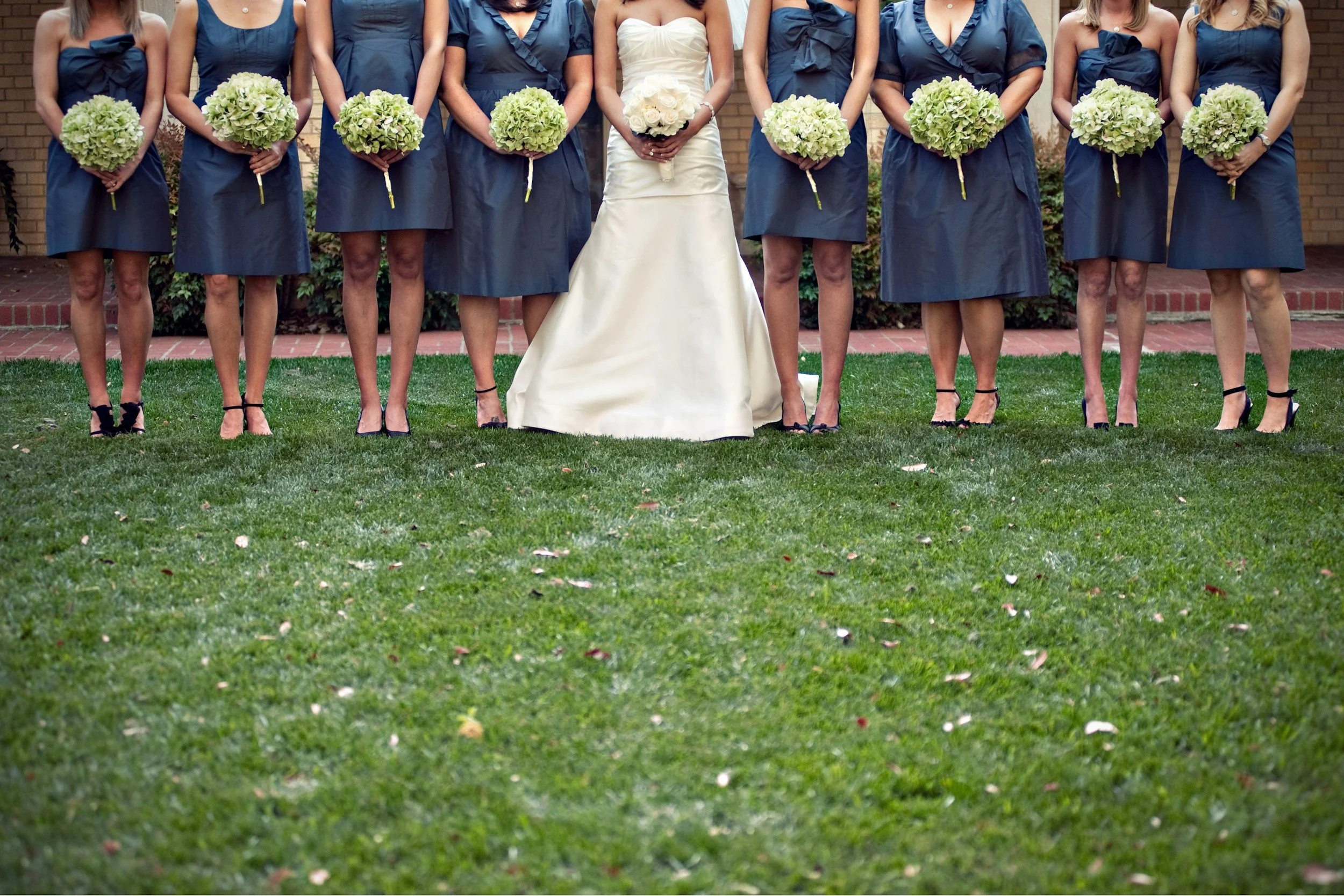The Size of the Issue
Throughout lockdown online shopping has become more and more popular. The ease of adding something to your basket and awaiting excitedly for the postman to drop it off has become one of my main joys in the recent weeks. However, each experience has been marred with the confusing description of my size: Small, Medium, or Large.
Now, this may imply that we should work towards reclaiming those words and removing the negative connotations associated, particularly with regards to the word ‘large’ which has become a feared entity, feeding into harmful fatphobic hatred. But it is important not to dismiss the role fashion and clothing brands play in enforcing these damaging labels.
In the past month I have been classed as a Large in most of the shops I have browsed and have even been too large to buy from some. I am a size 12-14, bearing in mind that the average UK woman is a size 16, it is interesting to note that although ‘below average’ (which in my mind should equate to a Medium), I am still regarded as either the largest size or too large to shop.
This confusion as to whether I am classed as Large or Medium often leads me to feel frustrated. It is furthermore upsetting to realise that certain brands do not even cater for your size which again, given that I am below the UK average female size, screams to the wider problem of inclusivity in majority of the UK clothing sites. This is something which has seemingly been a focus of improvement for many of our Highstreet retailers, yet the middle women (so to speak) are left with little representation and left to oscillate in the empty spaces between a size Medium and unaccounted for.
Shockingly for one gym wear brand, their size L equated to a “size 10 to a small 12” whilst their medium size was an “8-10”. Again, with the UK average being a size 16, this particular brand’s ‘average’ size was half the size of the majority of women in the UK. What is a “small 12”? Is this merely a way for a brand to seem more inclusive by covering a wider range of sizes when in fact the further subgrouping of this extra size completely negates that effort?
Given that the nature of this brand is selling gym and workout clothes, does this not further implicate a dangerous notion that exercise should be used primarily to lose weight and be able to fit into these exclusive gym clothes? Of course, healthy weight loss is often a benefit of exercise, but health does not automatically correlate to clothing size. Something I myself know. Despite being between a size 12 and 14 I am currently at my healthiest, given that I am focused on balanced nutrition and I exercise 4 times a week minimum, which is the most frequent exercise routine I have ever had. When I think back to when I have been a size 10 (a Medium in the brand mentioned above’s clothing) it was often following a period of bad mental health in which I was likely not eating properly, if at all and exercising only as a punishment for any calories consumed.
Despite the recent push in awareness of being body positive and the general consensus acknowledging that fashion brands and the media often fuel the fire of standardising beauty, the continuation of promoting size categories (S, M, L) appears to be a step backwards. The notion is that if you do not fit the prescriptive mould or image which that particular brand is selling, you become ‘unworthy’ or less attractive. Negative associations and body shaming relating to ‘Large’ could also provoke a warped sense of someone’s perception of their size. More so, when someone who is a size 10 and three sizes below the UK average, is classed as a Medium.
The most alarming realisation has been the inconsistency between multiple brands and what they deem as Small, Medium and Large. One would assume that the generic labels S, M and L create a standardised basis to simplify shopping. This is quite the opposite. Customers instead need to discover which size (if any) they fit into and navigate around the sometimes difficult to find online sizing charts. The further subcategorising of some brands as to whether something is a small 12 or a large 12 then means customers are redirected to other customer feedback for a more realistic depiction of how the clothes fit. This is important in terms of whether you want the item to have an oversized fit for example things like shirts and jumpers, but again would it not be simpler to actually just list the size of the products and this information rather than the cryptic S, M and L.
It’s understandable all brands, particularly small ones, may not be able to be fully inclusive within their clothing ranges due to costs and availability of fabrics. Which leads to further issues within our fashion industry. In my opinion, it seems easier to just do away with the S, M, L labelling and stop perpetuating the stigma that a size significantly below the UK average is ‘larger’ than that. By removing the usage of ‘Large’ we may even reduce the negative connotations associated with the word. Although I have focused on ‘Large’ being negatively perceived purely based on my own size category and experiences, it is the same for those classed as a ‘Small’ who perhaps are struggling and working hard to gain and maintain weight. Labelling the actual sizes of the clothes would present brands as more honest and stop them reducing their customers to an unrealistic and damaging size category.
It is probably optimistic thinking that these changes could implement such a prolific change in the archaic structure which is standardised beauty. Yet, if all this article does is draw attention to how damaging clothing labels can be particularly regarding their inconsistency and false inclusivity, then it is a step in the right direction. I think it is important to remember that ultimately these labels indicate nothing about you apart from the item you are wearing. Given that we all share the same confusion and frustration regarding this, it probably is easier to ignore the notion of S, M and L altogether. Remember, you define yourself, and are not defined by the tag on your clothes.
Written by Sam Turnbull
Sam has just graduated from Newcastle University where she studied English Literature and French. Sam has recently moved back home with her parents and enjoys long walks with her dog George, pints of Desperados on draft, karaoke, pina coladas and getting caught in the rain.









